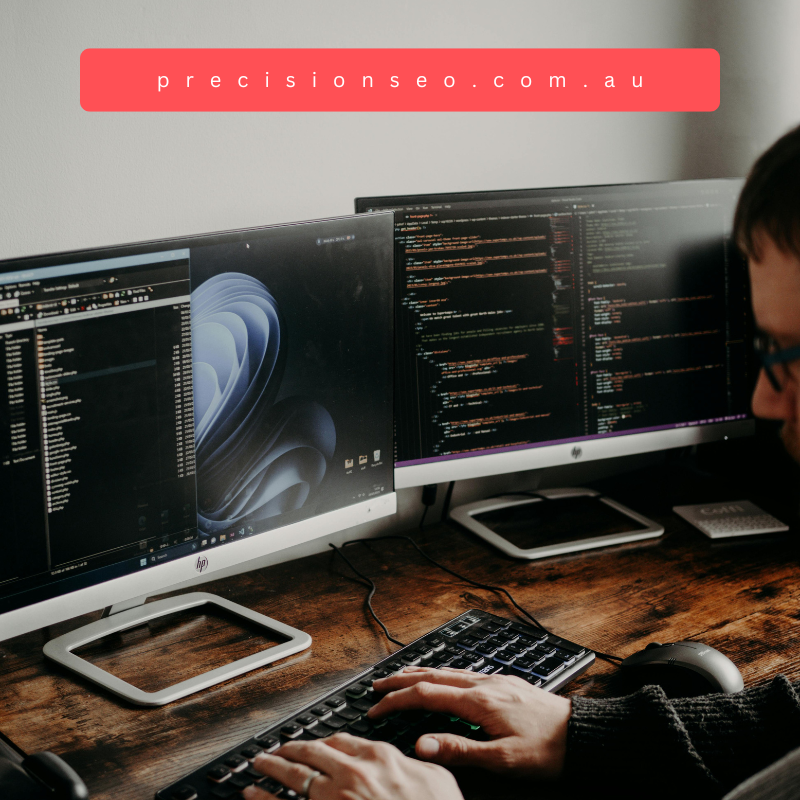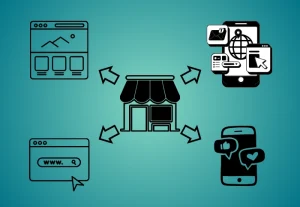 In today’s world, you can’t deny that having a strong website and online presence is instrumental in driving business success. Running a popular Insta-worthy cafe that attracts tons of foot traffic on the main road is one thing, but running a smaller product- or service-based business that relies on word of mouth and savvy marketing techniques generally means that you need to have an online presence to attract a wider customer base. Social media matters, of course, but it’s your website that acts as the online “home” for your business venture.
In today’s world, you can’t deny that having a strong website and online presence is instrumental in driving business success. Running a popular Insta-worthy cafe that attracts tons of foot traffic on the main road is one thing, but running a smaller product- or service-based business that relies on word of mouth and savvy marketing techniques generally means that you need to have an online presence to attract a wider customer base. Social media matters, of course, but it’s your website that acts as the online “home” for your business venture.
But how do you go about creating a top-notch website, and which small business website design elements are vital to consider to ensure your site works for you and aligns with your business goals? If you’re serious about your business, you’ll probably be working with a website designer near you to help you achieve success, but even then, it’s a good idea to understand some of the business website basics to ensure you’re on the right track.
Luckily, you’re not alone in this. We’ve designed this guide to give you a quick overview of everything there is to know about small business website design, giving you the knowledge required to ensure you’re ready to get the best site for your business.
Why Websites Matter For Small Businesses
Having a website isn’t an ego metric. You won’t get brownie points for having the fanciest website on the market, and simply having a site won’t guarantee that your business will succeed. However, having a quality website that aligns with your business goals and matches aesthetic professionalism and functionality is an entirely different story.
We live in a world where online presence matters. This digital representation often comes down to both social media and a functional website, but even socials often link back to your website to turn the entertainment side into business opportunities.
There are a number of key things a website does for your business:
- It boosts credibility: Only serious businesses invest in a professional website, and this gives potential customers reassurance that you’re a serious provider and not, perhaps, a simple spam company. These days, having a website is a must.
- It gives you the chance to showcase your brand best: By including pricing packages, a menu of options, a gallery of behind-the-scenes images and photos of your products (if applicable), and actual customer reviews and testimonials, your website can stand as a complete portfolio of your brand, doing a lot of the work for you.
- It drives sales: An optimised site is designed for business success. Whether it’s as simple as making an appointment, booking a consultation, or reserving a seat at your restaurant, a great website will generate leads and turn mere visitors into paying customers, ultimately driving your business success.
A great website isn’t a “fun thing to have”. In a modern, competitive world, it’s an essential tool that can really propel your business forward and help you achieve success. In many ways, a website is marketing and sales, all rolled into one, and it’s definitely a business essential.
But, that said, you can’t just have any old website. You need a modern, professional website that’s well-designed and functional, aligning with your business needs and goals. To achieve this, you need to focus on a number of key elements essential for an effective small business website.
Key Features Of An Effective Small Business Website
You don’t just want a cool website design. You want the best website design for small business success! So, if you’re looking at finding small business web design services and working with a professional designer who will help you achieve success, there are a number of key elements you will need to keep in mind.
Here, we’ll go over a few of these.
1. Consistent Branding
This may seem like an obvious one, but it’s so obvious that it’s often overlooked. As a first step in developing your digital presence, you need to ensure that your branding is consistent throughout — on every social platform and every page on your website.
Do the logos, colours, and type fonts match? Do you have the correct social media links inserted? Are the sizings correct? Do all images match your overall brand image?
Sometimes, we’re so in the midst of it all that we forget to consider the small stuff. But when it comes to website design, the small stuff really does matter.
2. Contact Information
Displaying your contact information — name, address, telephone number, email address, and social media links — visibly throughout your site is important. You’d be surprised how many businesses miss this crucial info!
You should definitely have a dedicated contact page, but you should also include vital information both at the top of the page (best if it’s visible above the fold) and in your footer.
These are the first places website visitors will look, and you never want to leave anyone uncertain about how to contact you or where to find you.
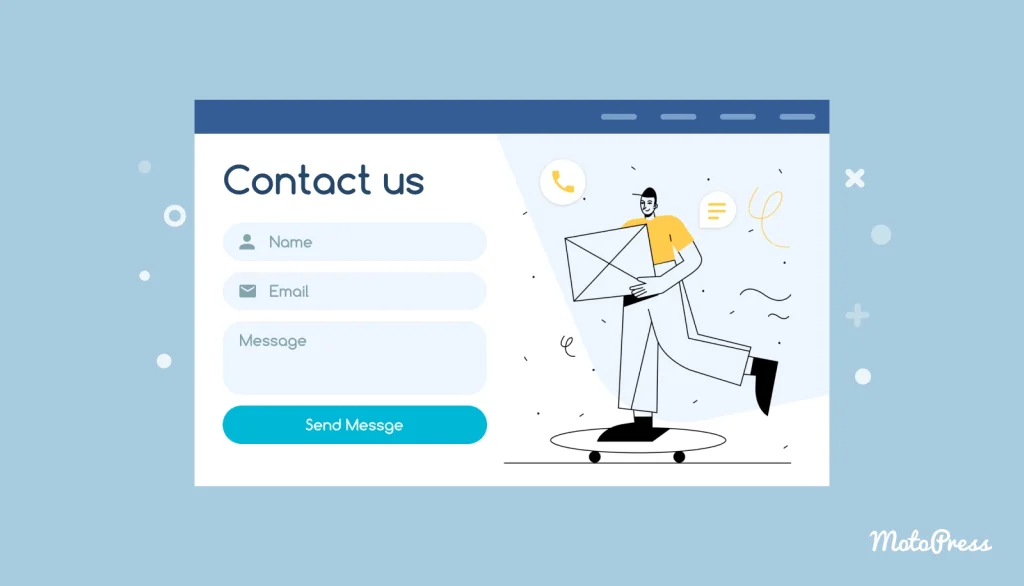
Also, remember to make it easy for your customers. Including a contact box, email link, or Google Maps link can be great for functionality, but it’s not always convenient. Someone who wants to share your email or physical address or note it down for future reference will become enormously frustrated if you’re cloaking your details with third-party functionalities.
3. Simple Navigation
Your website user should find their way through your site simply. It doesn’t matter if you’re using a large top menu or a smaller hamburger menu, but what matters is that your navigation is clear and logical.
Are about us, service packages, testimonials, prices, and contact pages clearly visible? Can users quickly jump to and fro between the pages required? Is all relevant information visible? And, importantly, is it all clearly laid out in your homepage? Your visitors should be able to tell what services you’re offering, within seconds of landing on your website.
If website visitors can’t find what they’re looking for, they’ll quickly head elsewhere — and that’s definitely something you don’t want.
4. Visible CTAs
Your calls to action should be clear and visible.
Should a potential customer call you? Then include large CALL US buttons. Do they have to book an appointment online? Then have a distinct BOOK HERE button.
Whatever action you want your website visitor to take, you have to make it easy for them to do just that.

This means including CTA buttons that are well-structured, visible, and clear. At this point, you won’t have to go as far as A/B testing which font sizes work best or which colours drive the most conversions — that’s definitely something you can consider further down the line. But to get started, your basics need to be there.
5. Clear Design
To some extent, the above all fall into this, but you want to ensure your design is clear, with a strong UX (user experience) focus. In a nutshell, clear design often means avoiding clutter and using white space efficiently.
It may seem counterintuitive, but the less you have on your website, the clearer your message will be, as long as you include what’s important. Think quality of content, not quantity.
6. Readability
Even if you’re running a beautiful calligraphy service or an art store, your website fonts should focus on what may be deemed boring.
More standard fonts like Roboto, Source Sans Pro, and even Open Sans rank among the best fonts for websites, and you’ll be better off choosing one of these than going for something more cursive or arty.
Of course, you should still be true to your branding, and logos or portfolios should definitely show more art-related elements, if applicable, but standard web content should be displayed in fonts that are both legible and large enough — even on a small screen.
You’ll also want to look out for colour combinations. Yellow font on any background or blue font on a black background, for example, can be very difficult to read. You never want to lose a potential lead simply because they couldn’t read what’s on your site.
Your best bet is to stick to black or dark grey text on a white or slightly off-white background, and reserve colours that pop for links and CTAs.
7. Mobile Optimisation
Over 63% of all internet traffic comes from mobile devices, so it’s of the utmost importance that your website is both mobile-friendly and mobile-responsive. Font readability is part of this, of course, as your fonts have to be large enough to be read even on a smaller phone screen, but mobile optimisation goes well beyond this.
Images and graphics, for example, need to be clear enough to be read on a small screen, and all other elements of your entire website need to be mobile-responsive.
This means that design components of your website need to shift and change in response to the size of the screen your visitor is accessing the website, regardless of whether that’s a larger desktop, a tablet, or a smaller smartphone.
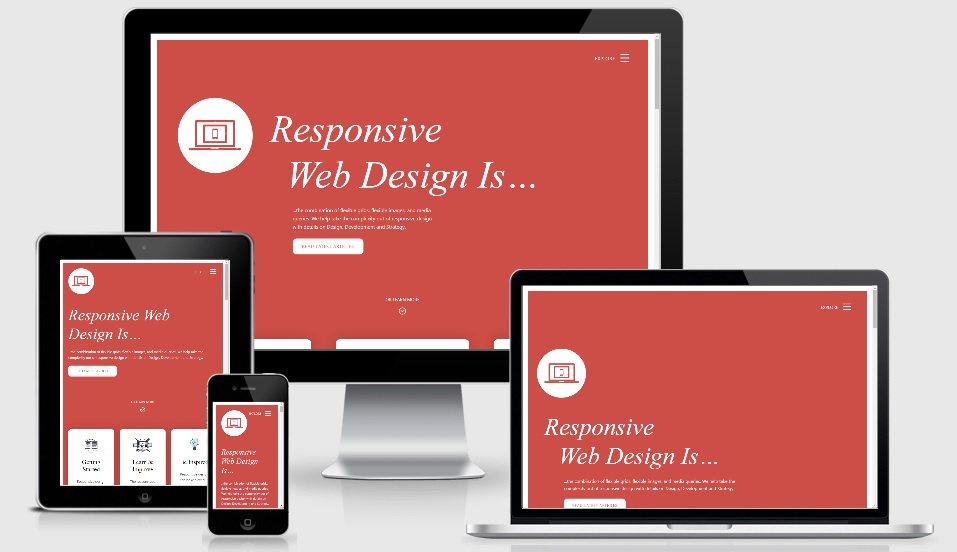
For example, you may have a customer quote that’s framed by images. This looks fantastic on your website as you’re testing it on a desktop. But have you looked at how these elements shift on mobile? If your site isn’t mobile responsive, the layout will stay the same, which likely means the text becomes too small to read. And even if your site is mobile responsive, but you haven’t tested it, the individual design elements may shift in a way that looks wonky or unprofessional.
The UX design and fluidity of the site should remain of prime quality throughout, and it’s always important to test your site on a wide range of devices.
8. Fast Page Speeds
According to a Google study, around 32% of visitors will leave a website if it takes longer than 3 seconds to load, but bounce rates actually start increasing even after 1 second load time.
If there’s anything social media has done for us, it’s that it’s created shorter attention spans and dwindling patience.
While these stats are shocking, they do highlight one thing: your website has to load fast.
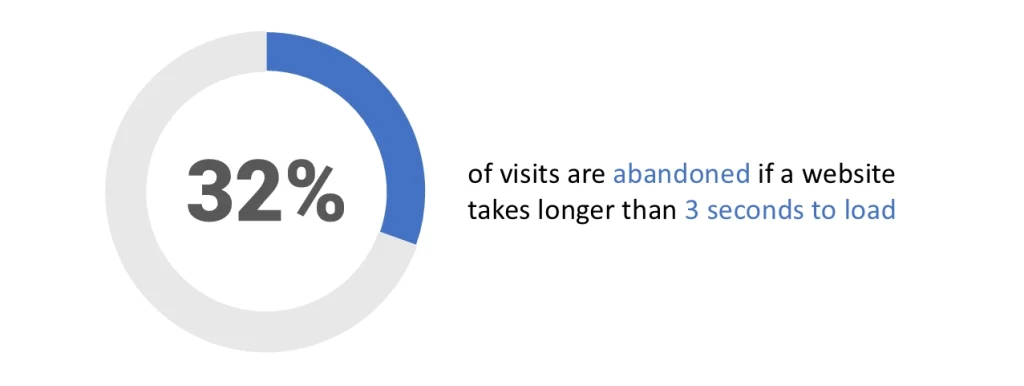
There are many things influencing page load times, including the code used, where your site is hosted, and the size of your images. Luckily, if you’re working with a professional website design team, they’ll take care of all the technical nitty-gritty for you.
Don’t forget, though, that it’s worth investing in website maintenance packages as well to ensure your page continues to load fast in future.
9. SEO
Finally, one can’t forget about search and generative engine optimisations — SEO and GEO.
GEO is a newer term in response to AI-driven developments, but SEO has been around for quite a while. In a nutshell, this refers to the steps a website designer or developer has to take to ensure your website and the content on it are best optimised to rank well in search engines.
There are both technical (off-page) and on-page parts to this, and it includes everything from setting up schema in the backend to crafting optimised content that reaches your target audience.
While most small business owners can — and should — give input into the way their website looks and functions, some aspects, like page load times and overall SEO, are best taken care of by small business web design services, simply because these can be more technically complex and require a lot of industry know-how.
It’s definitely also worth looking for a local SEO company to help you target customers in your immediate vicinity.
Common Mistakes To Avoid In Small Business Website Design
If there’s anything the above list of key elements has demonstrated, it’s that there is a lot to think about in small business website design. Sometimes, it’s almost easier to think about what not to do than it is to think about what to do, so here’s a quick list of common pitfalls.
Avoid these, and you’re already halfway there!
- Bad UX design: It can sometimes be difficult to pinpoint bad UX design if you’re deeply involved in a project. For example, you may not be able to tell that your navigation is badly designed because you’ve been working on a site so long that you instinctively know where everything is. Or, you probably understand your business so well that it’s impossible to see any gaps in clarity. Working with small business web design services will likely help in avoiding these issues since you’ll be bringing in a third party to build and test the site, but even then, it’s a good idea to remind yourself to check your site for professionalism, functionality, navigation, and user-friendliness.
- Forgetting SEO: If you’re designing a website yourself — something that’s easily done using web platforms like Wix or WordPress — you’ll likely focus on the look and feel of the site as a whole. But SEO isn’t something you can learn in half an hour, and you often have to bring in the professionals for this. If you want to guarantee you have the best website design for small business success, an SEO focus will be front and centre.
- Not optimising for mobile: In this day and age, you can’t afford not to optimise for mobile devices. And this isn’t always easy. Planning for mobile responsiveness requires advanced coding or advanced templates, technical know-how, and some quick thinking to problem-solve design and functionality issues.
Of course, there is always more that’s important — and more to optimise — but even if you forget everything else, focusing on good UX, implementing SEO strategies, and taking care of mobile optimisation will ensure the biggest battles have already been won.
Why A Professional Website Design Service Can Make All The Difference
Let’s be honest — running a business is difficult. And developing a website is a whole new venture. That’s why professional website design services make it their business to create and maintain quality websites that work — websites that perform optimally, hit all the technical requirements, align with your goals, and help drive your business forward.
This is not a small feat and certainly requires time and dedication. From the basic design to backend capabilities, including SEO, mobile responsiveness, page load speeds, site back-ups, troubleshooting, and security to protect against malware and hackers, successfully setting up a website requires work.
And, perhaps most importantly, it requires continuous investment. After all, a modern-day website is not a static thing, and there are constant updates to be made or security threats to be monitored. These may be due to changing Google algorithm requirements or simply changing company goals. Even seasonality plays a role. Perhaps your hair salon is running a holiday special? Perhaps your plumbing service has updated its prices? Or perhaps your restaurant has a new menu? These are all elements that need to be updated on your website.
If you don’t continuously give your site love and attention, it’ll quickly become outdated — and then backfire. Have you ever visited a site that advertised a discount available until, for example, 23 July 2021, but it’s now 2025? Nothing will make a user jump ship faster. After all, if a company or service can’t even keep their website updated, how could you trust them with your needs?
Luckily, you’ll find that the best website design services for small businesses don’t create your site and then leave you hanging. They actually offer website maintenance packages that allow them to continuously work on your site, taking care of all your website needs for you today and in the future.
Are You Ready To Build Your Online Presence?
Whether you’ve decided to wing it for now or already know that investing in finding the right website designer is a no-brainer, one thing should be clear — you can’t afford not to build your online presence.
Combining a strong digital presence through social media and a functional website is best, and will guarantee that you’re putting your best foot forward to achieve online success.
So, give PrecisionSEO a call to see how we can take care of your website needs so you can go back to what really matters — your business.


